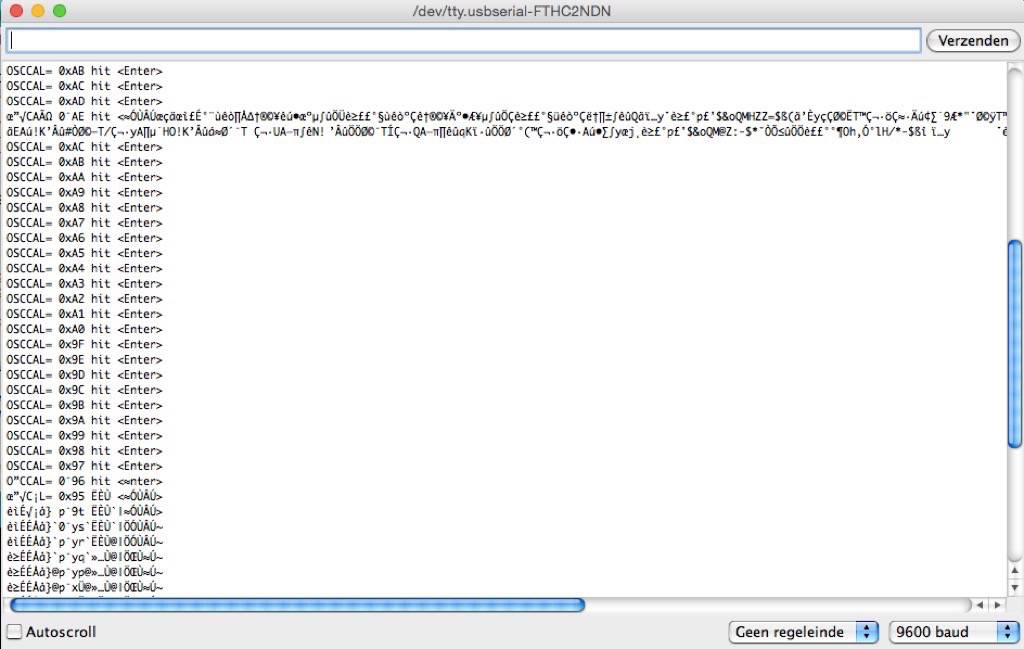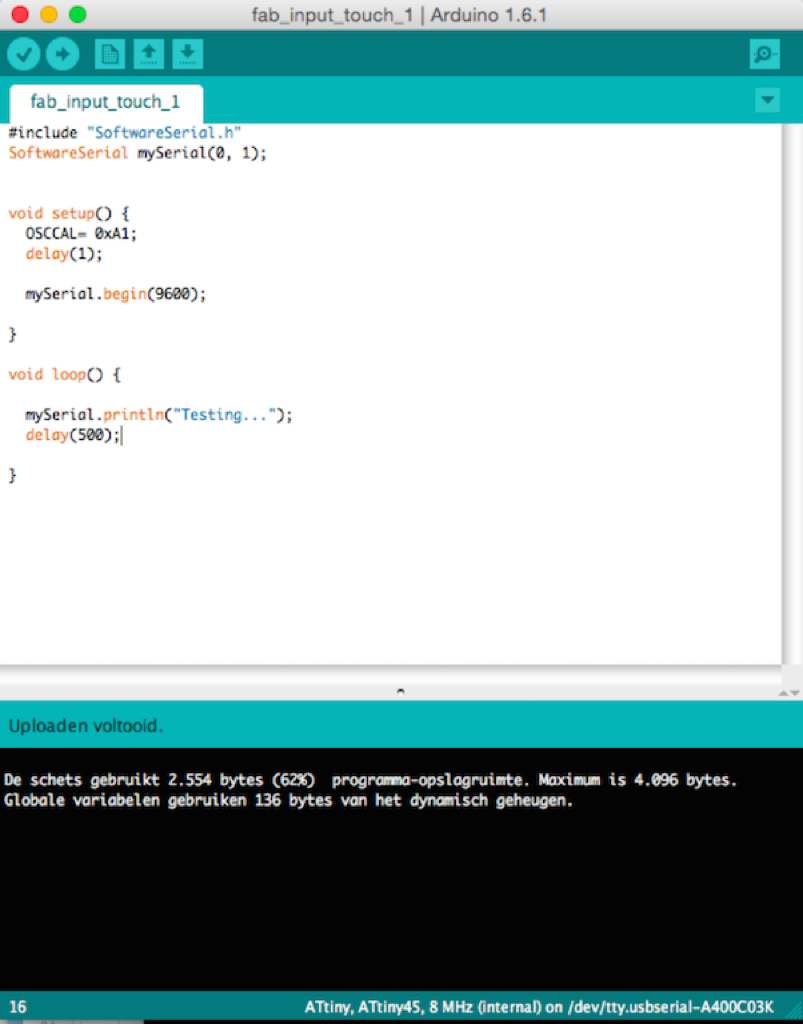
Input devices
This week was a little frustrating and I got behind schedule quite a bit. Everything went slower than I wanted. I tried to get ideas into Eagle too fast without really doing tutorials. That is a sure way to get stuck.
Also, creating the tracefile from the board design turned out harder than I thought and I had to start over several times. After watching a few tutorials, Eagle and I began to like each other a bit better and things went a little smoother.
Hello idea: one pad with a led
I have an idea to build a board with several pads that could be used as a rudimentary game console. As a first step towards the idea, I decided to make a simple board with only one pad and an LED first.
Eagle


The traces on the first version that I milled were too thin and a lot of them got ripped up by the Modela during milling.
Eagle & traces...


I experimented a little with the layout of the board: adding some graphical elements and placing the components at 45 degree angles.
While designing, I also found out that drawing the traces by hand is nice to do. It gives a little more control over how the board looks and I find that it also helps with understanding how the board will function.
Stuffing the board in a rush, I forgot one component (a 1M resistor). At home I added a regular resistor. This worked, but the day after I still decided to replace it with an SMD resistor.
Serial monitor
I wanted to test the serial monitor on my board. I had not done that before so I needed to figure out how to do that. Somehow I could not get a signal on the serial monitor. I re-installed the FTDI driver, but still could not get a signal.
Then, with Zaaerc's help, I found out that I had been adressing the ports with thr wrong number. I adjusted this in the code, and got it to work.
Adjusting the clock with Zaerc's code.



Next, I need to try to get a signal from the pad on my board, but so far have not been able to do this.
Next idea: three pads with an array of leds.
I have an idea for a simple board that could play basic games. Like pong with leds or something like Simon Says.
Next steps
I want to build an tow boards that feed each other with input & output.
Also, a variant of a theremin.
Learning points
Here are a few learning points from this assignment:- Read the datasheets!
- Do tutorials. Many people have overcome the struggles that you are facing right now AND have documented the process. Learn from that.
- Tinier steps than you want. Ideas tend to grow quickly. Do the simple one first.
- Push yourself forward through the process. By doing stuff and finishing steps, you gain insight and confidence in the process.
- Keep smiling. Yes, sometimes things are frustrating. It's life. Smile. Things won't get easier, but at least you're having a better time doing them.